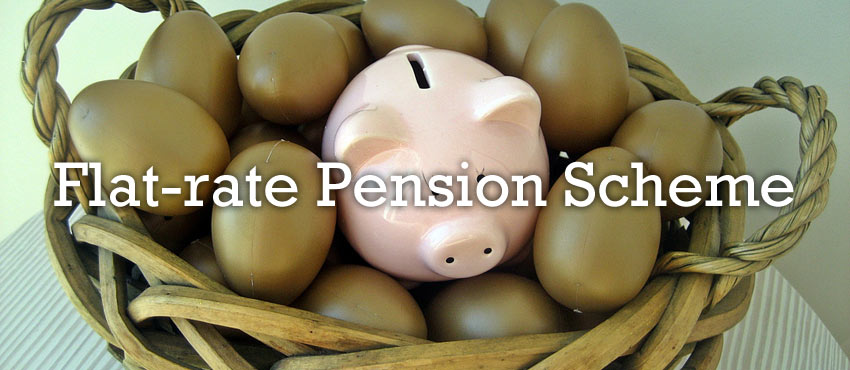It looks like the UK pension is about to get a real shake-up.
There are plans for a new, flat-rate pension to make an appearance by April 2017 that could be beneficial to anybody retiring after that date.

What’s changing?
At present, the full state pension comes in at £107.45 a week, but with pension credit it can be increase to £142.70.
Under the new flat-rate pension proposal, the pension payment will be £144. There will also be inflation rises applied on top of that sum.
This comes after the assurance that employees will be working longer, and paying 35 years of National Insurance contributions rather than just 30.
Under the new scheme, anybody who has not paid at least 10 years of NI contributions will not be eligible.
Easier to understand
At the moment, it’s easy to be confused about the details of pensions. With auto-enrolment being enforced in every employing company in the next five years, it’s a better time than ever to look up exactly on what a pension can offer you.
Pensions minister Steve Webb is hoping to simplify those confusing pension options in the coming years. Speaking to the BBC, he said of the plan: “At the moment, nobody has a clue what the state is going to pay them.
“We have a basic pension, a second state pension, a pension credit – it’s fiendishly complicated. So we are proposing a simple system.”
He also has plans to implement some equality for women with children.
“Women coming up to pension age,” he continued, “who have got a damaged pension record because they brought up children, will have that restored.”
Who benefits?
The flat-rate payment will see a massive overhaul to the pension system across England, Wales and Scotland. In essence, it will see the state second pension and basic state pension being condensed into one flat-rate payment.
According to My Pension Experts Scott Mullen, “Auto enrolment is one of the biggest changes to the financial services industry in recent times and given that the government cannot afford to pay for an increasing pensioner population, it is here to stay.
The process has already started with the largest of employers starting their schemes in 2012.
Smaller employers will be required to start their schemes over the next couple of years. Employers must plan ahead and take financial advice as failure to be ready could cost dearly with fines up to £10,000 per day.”
At the moment, self-employed workers don’t receive the same benefits as those employed, but the flat-rate scheme will benefit them in the long haul since the new scheme does not need a second state pension.
The state pension age is set to rise to 66 for men and for women by the year 2020. It is expected to increase further between 2026 and 2028.
Photo credit: 401(K) 2013



